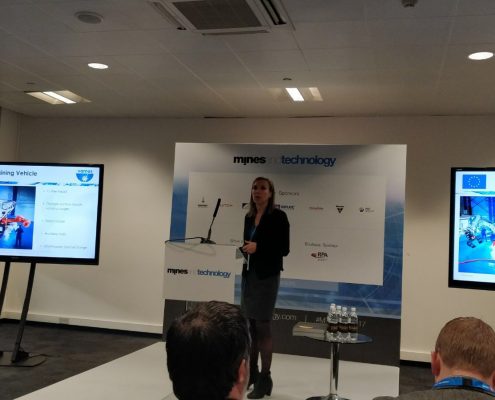
¡VAMOS! at the Mines and Technology conference, London
The Mines and Technology conference, together with the Mines…
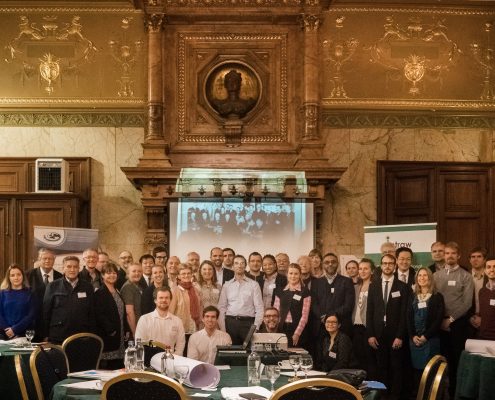
INTRAW workshop with the Experts, Brussels
The INTRAW workshop with the Joint Panel of Experts (JPE) took…
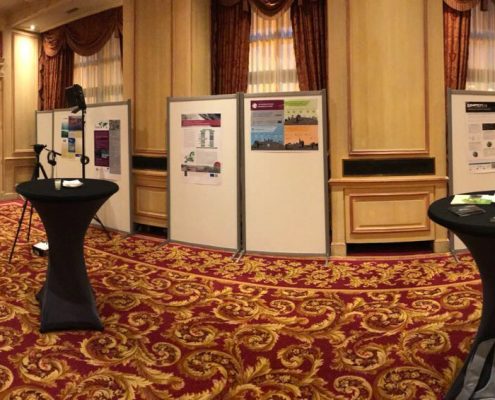
LPRC at the Raw Materials Week 2017, Brussels
The second European Raw Materials Week was held in Brussels from…
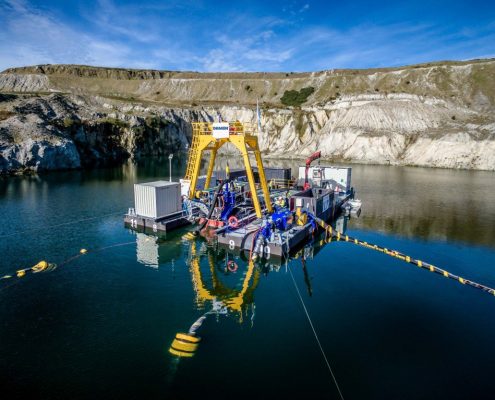 VAMOS project
VAMOS project¡VAMOS! technology demonstration, Devon, UK
On the 24th of October the ¡VAMOS! consortium, Advisory Board…
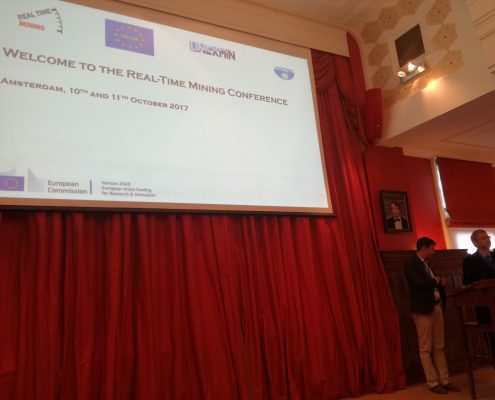
UNEXMIN & ¡VAMOS! at the Real-Time Mining Conference, Amsterdam
During the 10th and 11th of October, both the UNEXMIN and ¡vamos!…
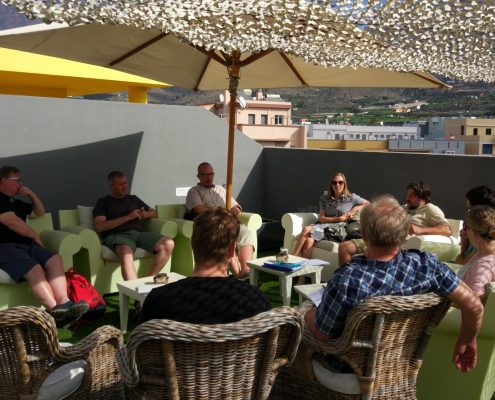
UNEXMIN La Palma Workshop
On the 3rd and 4th of October, 2017, the UNEXMIN consortium got…
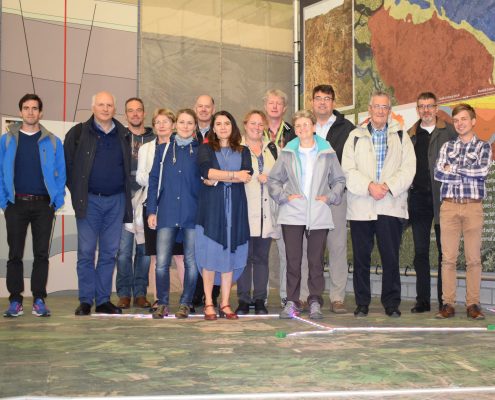
CHPM2030 Brussels meeting
The combined CHPM Advisory Board, review and internal progress…
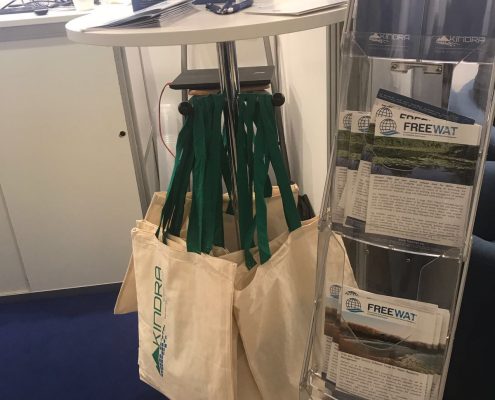
KINDRA Steering Committee Meeting & World Water Week in Stockholm, Sweden
The most recent KINDRA meeting, that took place in Stockholm…
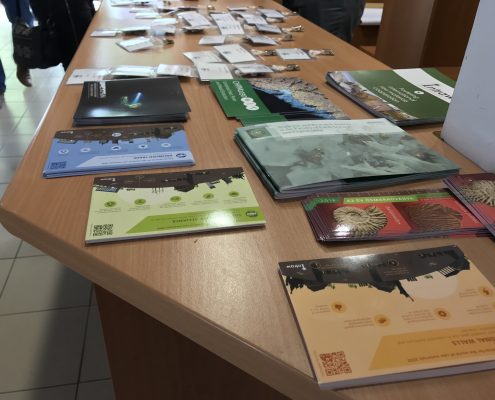
FEMP annual reunion in Sopron, Hungary
The Federation of European Mineral Programs (FEMP) annual reunion…
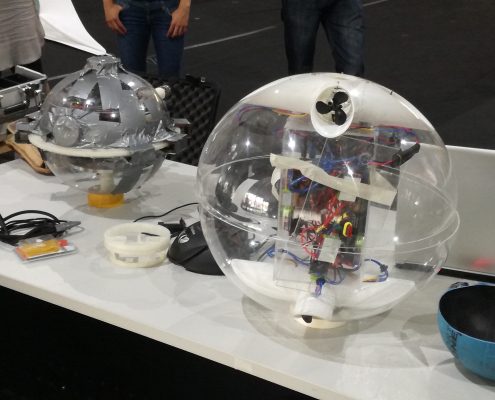
UNEXMIN Progress Meeting in Porto
From the 4th to the 6th of July, the UNEXMIN Consortium got together…
